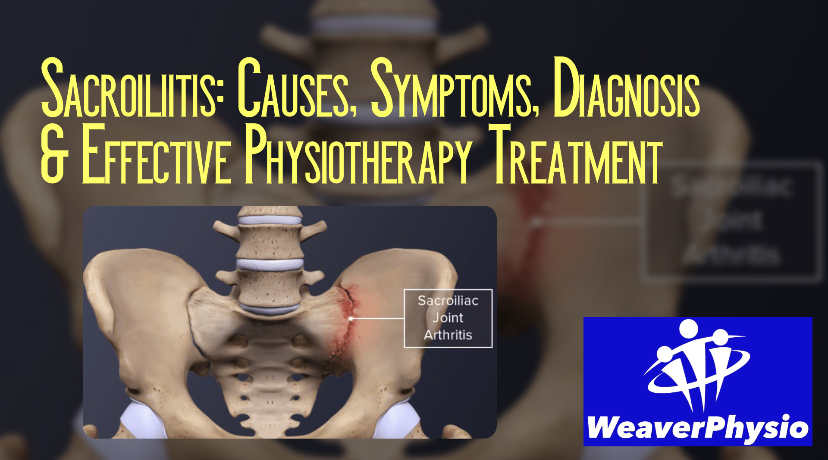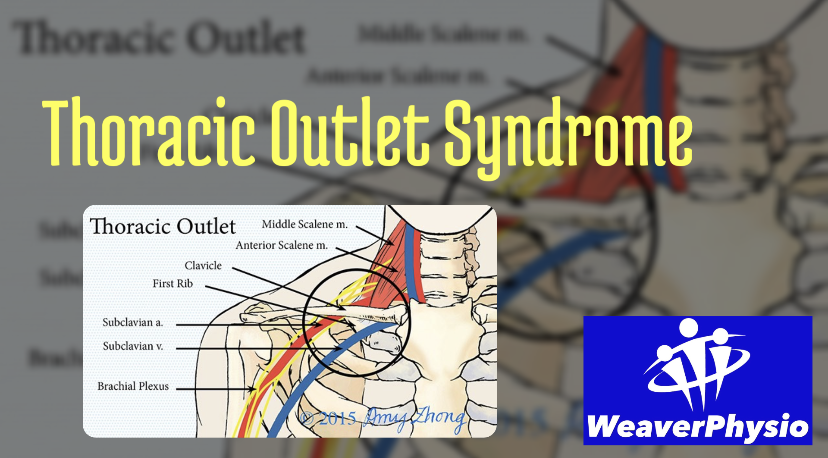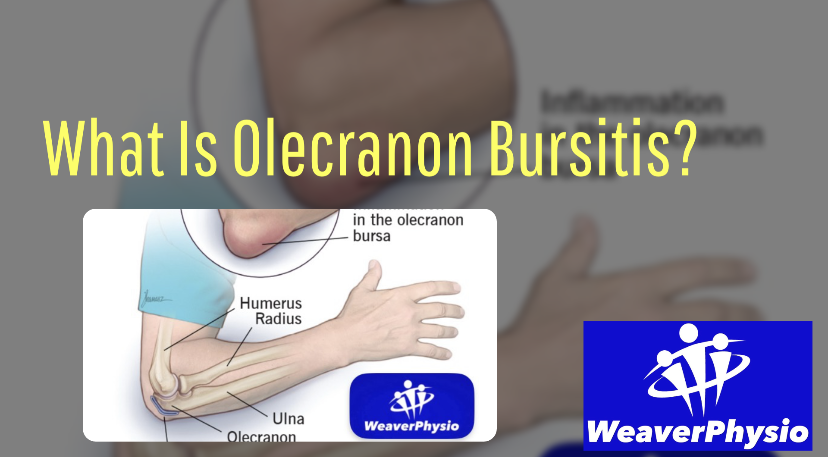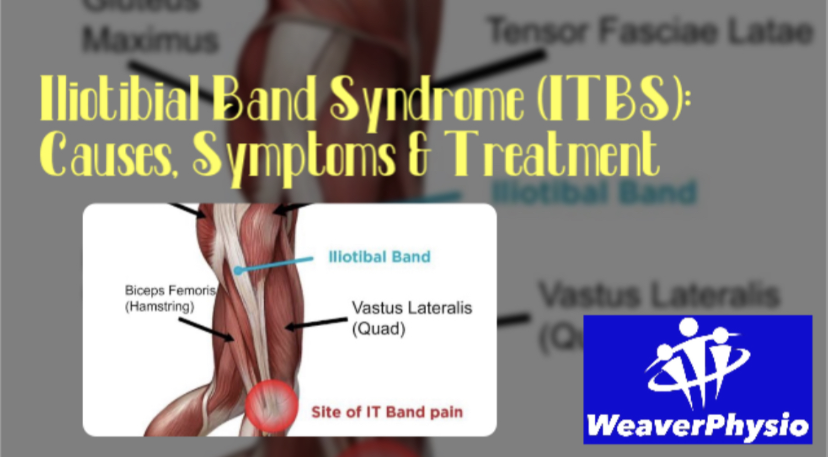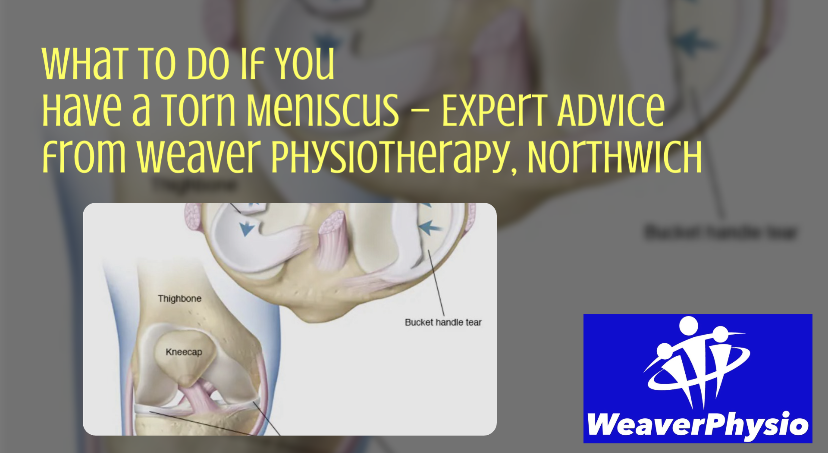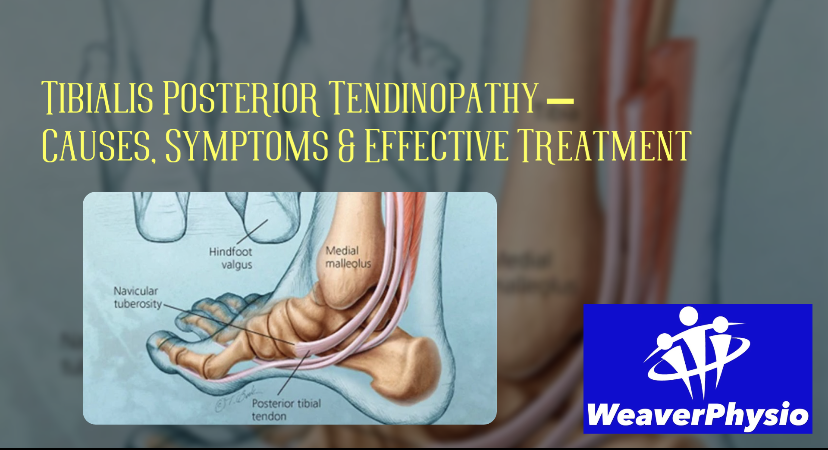Preventing Bone Stress Injuries in Runners
Expert Advice from Weaver Physiotherapy & Sports Injury Clinic
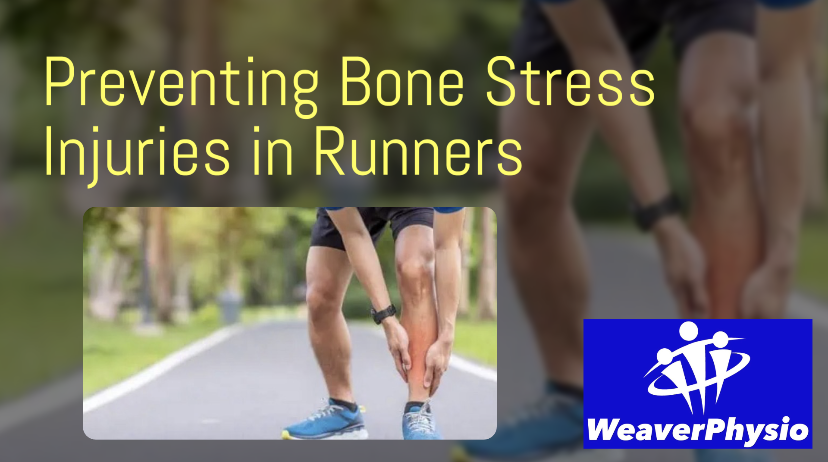
Running is one of the most popular sports in the UK – and one of the best ways to stay fit, improve cardiovascular health, and enjoy the outdoors. But for all its benefits, running comes with a risk: bone stress injuries (BSIs).
Research suggests that between 5% and 20% of cross-country runners experience a bone stress injury every year. For athletes who’ve had one before, the chances of getting another are significantly higher. At Weaver Physiotherapy & Sports Injury Clinic in Northwich, Cheshire, we see many runners who come to us after struggling with shin pain, stress reactions, or stress fractures. Our goal is not just to treat the injury – but to help prevent them in the first place so you can enjoy a long, successful, and pain-free running career.
In this comprehensive guide, our physiotherapists explain what bone stress injuries are, why they happen, where they occur, and – most importantly – five proven strategies every runner can use to reduce their risk.
What Are Bone Stress Injuries?
A bone stress injury occurs when repeated loading on the bone exceeds its ability to repair and adapt. Unlike a sudden traumatic fracture (such as a broken ankle after a fall), BSIs develop gradually over time.
Here’s how it happens:
• Every time you run, your bones experience small amounts of stress.
• Normally, the body repairs these micro-damages in a cycle of breakdown and rebuilding.
• During the repair phase, the bone actually becomes temporarily weaker before it remodels and becomes stronger.
• If training loads are too high during this vulnerable window, the stress accumulates faster than the bone can recover.
• Over time, this can lead to a stress reaction, a stress fracture, or even a complete fracture if left untreated.
Simply put: bone stress injuries happen when the demand of running outpaces the bone’s natural recovery process.
Where Do Bone Stress Injuries Occur in Runners?
BSIs can develop in many areas of the body, but in long-distance runners the most common locations are:
• Tibia (shin bone) – around half of all running-related BSIs occur here.
• Femur (thigh bone).
• Fibula (outer shin bone).
• Calcaneus (heel bone).
• Tarsal bones (small bones in the midfoot).
• Metatarsals (long bones of the forefoot).
Knowing the typical locations is crucial, not only for accurate diagnosis, but also for prevention. A history of BSI is one of the strongest predictors of future injury. For example, if a runner previously suffered a tarsal stress injury, they may be more vulnerable when running hills and will need to build up this type of training more cautiously.
Risk Factors for Bone Stress Injuries
While training errors are the biggest driver of BSIs, several other factors increase susceptibility:
• Previous injury – history of stress fracture or immobilisation.
• Low energy availability – inadequate nutrition relative to training load.
• Hormonal factors – menstrual irregularities in female athletes, low testosterone in men.
• Bone health – low bone mineral density, osteoporosis, or family history of bone problems.
• Biomechanics – poor running technique, muscle weakness, or flexibility imbalances.
• Environmental changes – switching surfaces too quickly (e.g., road to trail, treadmill to track).
At Weaver Physio, our Runner’s MOT assessment screens for these risk factors using gait analysis, strength and flexibility testing, and injury history review, allowing us to create tailored prevention strategies.
Five Strategies to Help Prevent Bone Stress Injuries
Now let’s look at the five most important training strategies runners can adopt to reduce the risk of BSIs.
1. Avoid Sudden Spikes in Training Load
Bones are highly adaptable when exposed to gradual increases in stress – but they don’t cope well with sharp spikes in mileage or intensity. A useful rule of thumb is the “10% rule” – don’t increase weekly mileage or workload by more than 10%.
High-risk scenarios include:
• Beginners starting too quickly – research shows new runners with less than a month of running experience are more likely to develop stress fractures when starting structured training.
• Athletes in preseason – returning from rest and ramping up mileage or intensity too fast can lead to overload.
Other considerations include nutrition, hormonal health, and injury history. Runners with additional risk factors may need to progress even more conservatively.
2. Build Mileage Before Intensity
Both training volume (miles run) and intensity (pace, hills, speedwork) affect bones – but intensity increases fracture risk more sharply than volume.
That means the safest way to progress is to:
1. Gradually increase your base mileage.
2. Only add faster running, intervals, or hills once your body is comfortably handling the volume.
This approach allows bones to adapt to consistent loading before facing higher forces from speed and intensity.
3. Schedule Regular Recovery Periods
Rest is not a weakness – it’s a vital part of performance and injury prevention. Without rest, the body doesn’t have enough time to rebuild stronger bone tissue.
For high-mileage runners, a sample framework might include:
• Weekly: at least one complete rest day.
• Every 3 months: 1–2 weeks away from running.
• Annually: limiting structured running to 9–10 months of the year.
Active rest is often best – replacing some runs with swimming, cycling, or strength training to maintain fitness while reducing repetitive impact.
4. Manage Environmental Changes
Running on different surfaces changes the way forces travel through your body. For instance:
• Road running provides consistent loading.
• Trails involve varied foot placement and uneven stress patterns.
• Hills increase load on the calves, Achilles tendon, and foot bones.
• Treadmills can alter stride and loading mechanics compared to outdoor running.
Switching environments suddenly can overwhelm bones not used to the change. Instead, introduce new surfaces gradually – for example, if you run 5 days a week on the road, start with one trail session per week and build from there.
5. Optimise Running Technique
Small technique adjustments can make a big difference to bone loading. One of the most effective is increasing step rate (cadence) by 5–10%.
This simple tweak reduces stride length and braking forces at landing, meaning less impact is transmitted up through the shin, femur, and hips. Over time, this can reduce stress on vulnerable bones without significantly affecting performance.
How Physiotherapy Can Help Runners Avoid BSIs
At Weaver Physiotherapy & Sports Injury Clinic, our specialist physiotherapists support runners with both prevention and recovery. Here’s how we help:
• Runner’s MOT – a comprehensive screening including video gait analysis, strength testing, flexibility checks, and injury risk profiling.
• Sports physiotherapy – evidence-based treatment plans tailored to the runner’s goals.
• Shockwave therapy – effective for chronic tendon and bone stress-related issues.
• Strength & conditioning programmes – designed to build resilience in bones, muscles, and tendons.
• Load management advice – practical training plans to reduce risk of overload.
• Sports massage & recovery strategies – to relieve muscle tension and improve circulation.
We combine clinical expertise with practical running knowledge to keep our clients performing at their best.
Final Thoughts
Bone stress injuries can derail training plans, races, and long-term running goals – but with the right strategies, they are preventable.
To recap, the five keys to prevention are:
1. Avoid sudden training spikes.
2. Increase volume before intensity.
3. Build in rest and recovery.
4. Introduce new surfaces gradually.
5. Fine-tune running technique.
At Weaver Physiotherapy & Sports Injury Clinic in Northwich, Cheshire, we are Running Injury Specialists with over 70 years of combined experience helping runners recover, perform, and stay pain-free. Whether you’re targeting your first 5K, chasing a marathon PB, or simply running for health, our expert team is here to help.
📞 Call us on 01606 227484 or visit 🌐 weaverphysio.com to book your Runner’s MOT or physiotherapy appointment today.




